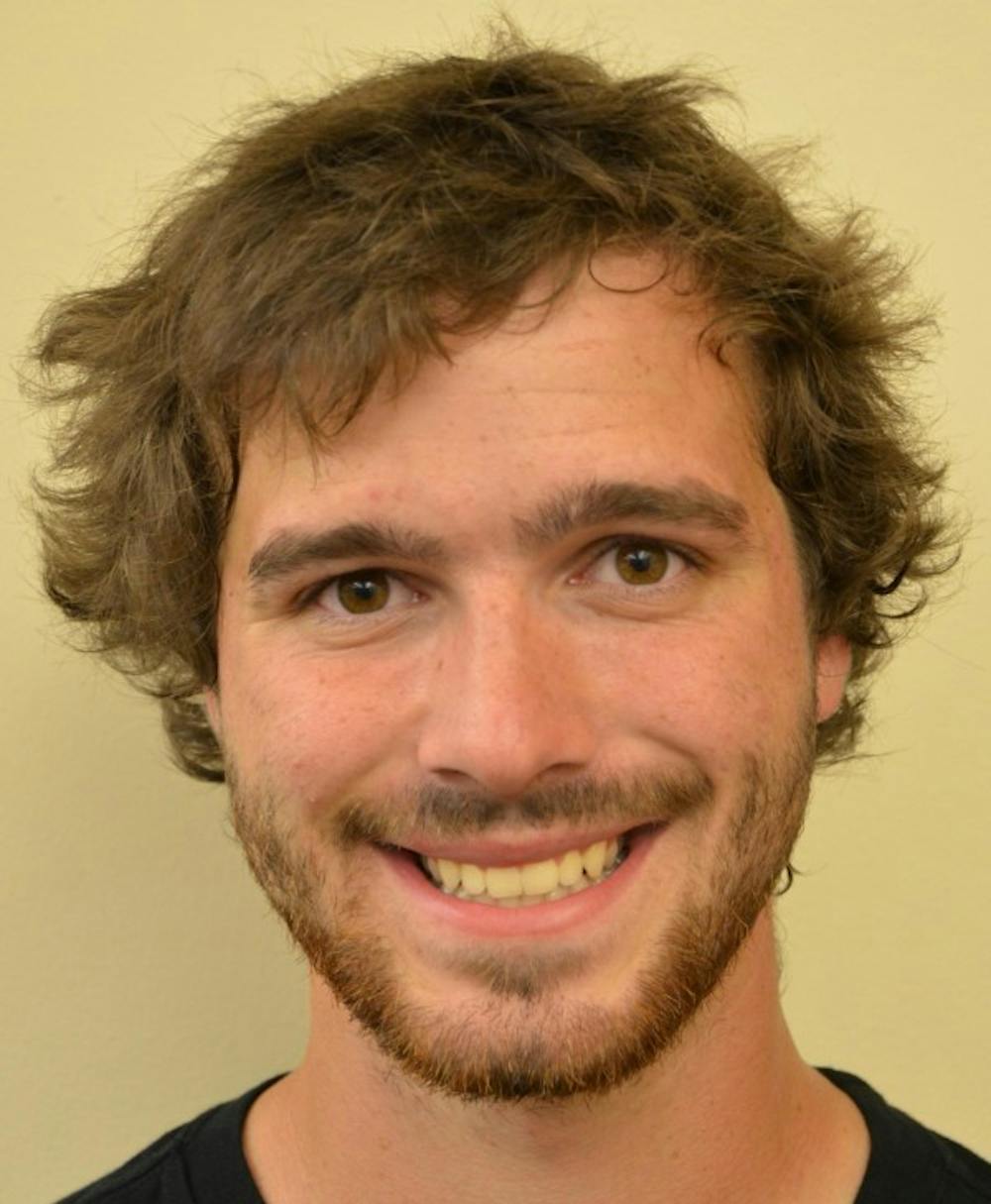Every few years there are films that introduce new styles of direction and narrative to a tired movie industry. These movies challenge the status quo and blaze the way for new kinds of movies. In the past these were movies like The Coen Brothers' "Fargo" or Quentin Tarantino's "Pulp Fiction." I believe "Drive" is this kind of movie. With staggering direction and breathtaking style, "Drive" is a new classic for a new generation of moviegoers.
"Drive" tells the story of an unnamed driver (Gosling), who is a Hollywood stunt driver by day and a getaway artist by night. The film establishes early that the driver is a loner and is really a man of few words. Gosling has an associate named Shannon (Bryan Cranston), who helps scope out jobs for Gosling, along with employing him at a car shop. Eventually Gosling meets Irene (Carey Mulligan) and begins to fall for her, despite the fact she has a husband (Oscar Isaac) in jail. All hell breaks loose once the husband comes back, and Gosling suddenly finds himself on the run from some of Los Angeles' most dangerous criminals.
"Drive" immediately draws you in during its first sequence, a getaway so tightly structured that it is impossible not to be amazed. The action moves briskly and without much dialogue, allowing the sequences to move more fluidly. The opening sequence also makes great use of plot devices. For instance, Gosling leaves the radio in the car on for some reason during the entire getaway. The audience is never sure why the radio is on, until the movie reveals his motives. To give away why the radio is present would spoil the build-up, but needless to say it's a very impressive narrative device.
Gosling's performance in "Drive" is superb. His style of acting is so spare, and yet so absorbing that it brings to mind Martin Sheen's performance in Terrence Malick's "Badlands." There are many scenes where Gosling may say nothing at all, and instead rely on visual cues to evoke emotion. This seems like a homage to Clint Eastwood's character "The Man With No Name" in Sergio Leoni's spaghetti westerns. Gosling's reliance on silent emotion parallels Eastwood's character in these earlier westerns. Another interesting aspect of Gosling's character is the more he has to speak, the more violence he ends up committing. In the few scenes where his character has extended dialogue, Gosling uses some of the most brutal violence imaginable.
In addition to Gosling, "Drive" presents dynamite performances from Cranston and Ron Perlman — the main antagonist. Perlman brings his typical scowl to his role as a gangster, but owns it from start to finish. Cranston plays the usual role of sidekick to Gosling's stoic hero, but he brings fresh energy to this role and helps develop our hero more.
Another excellent attribute of "Drive" is its use of space. There are very few sections of extended dialogue in the film, and director Nicolas Winding Refn relies on sound and expression to evoke the emotion on screen. The sights and colors are more than enough to capture your attention, so Refn doesn't clutter these scenes with superfluous dialogue. Instead he allows these scenes to grow on their own, thus establishing narrative space. In many ways the narrative plays out like a flash fiction, instead of using extended scenes to develop the setting, characters, etc. The plot uses abbreviated scenes and quick bursts of dialogue to build its narrative style.
This organic suspense grows and grows, until Refn decides to punctuate it with a violent apex at the perfect moment.
In many ways the violence is similar to a Coen Brothers' film. The violence doesn't start until about two-thirds of the way through, but when it starts, it is gritty, realistic and brutal. It should be noted that the violence is brutal enough that it could cause more squeamish viewers to struggle with the graphic intensity, but the violence does have a role in the film. I think the bloodshed helps establish the realism of the world it paints. This carnage creates a real threat that makes us care for the characters even more.
With "Drive," Refn has established himself as a major director and a rare artist who can mix indie elements with a larger-budgeted scope. "Drive" should become Refn's "Pulp Fiction," or "Fargo": a movie that brings a distinct style to the table, and trumpets the arrival of a new directorial force in film.
"Drive" receives a 9/10



